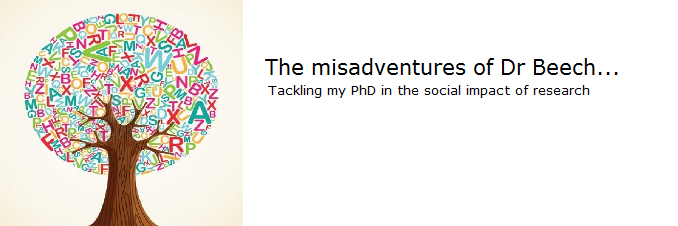
An example of visual research techniques – from http://www.franohara.com/
Today I met with Barry Percy-Smith, the new Director of the Centre for Applied Childhood Studies here at Huddersfield, to introduce myself and get an overview of his areas of work.
Action inquiry
Something we chatted about quite a bit was action inquiry as a research method – which Barry carries out a lot with groups of children and young people in specially designed workshops. This is not a method I have come across before, so I was interested to learn that it differs a lot from traditional focus groups/workshops in that it is focused on the participants and how they respond, not on gathering specific data which the researcher has pre-determined.
Although I need to look into it much more, I immediately thought this might be a method which could benefit my PhD research into social impact – after all, I want to focus on the participants experiences and understanding of impact, not give them a predetermined framework to try and fit their answers into.
Visual methods
This format also lends itself to using visual methods, which I am keen to look into more. As you might notice from previous posts, I love an excuse to get out the coloured pens and post it notes, and have been considering using a combination of different visual techniques as part of my data gathering stage. I’m currently thinking of using cognitive mapping, perhaps alongside a more narrative-led method such as a river or path with space for stages, actions and experiences.
Anyhow, these are all formative thoughts at the moment – it would be great to hear any opinions/experiences from people who have used action inquiry or visual methods – feel free to comment here or tweet me @megan_beech
